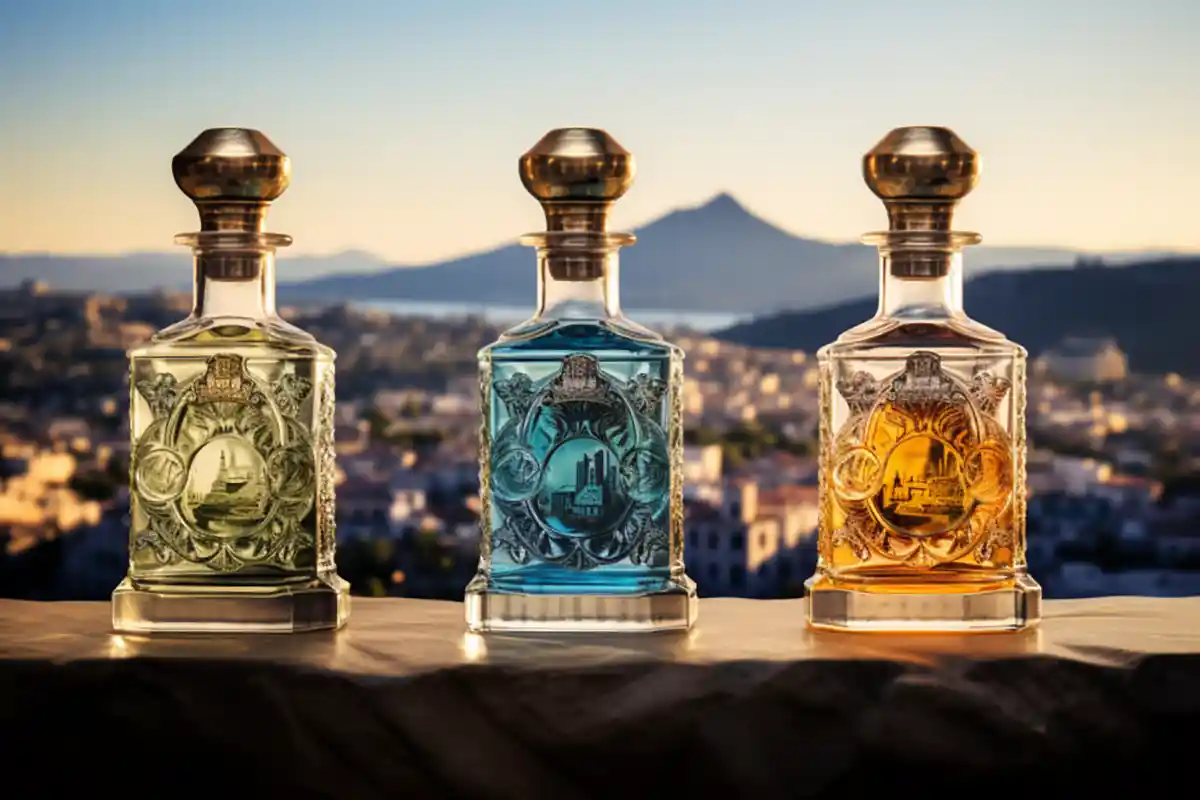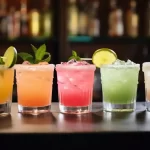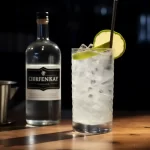Introduction
Ah, tequila! The golden (or sometimes clear) elixir that’s given countless partygoers a night to remember… or forget. Beyond its global reputation as the backbone of a good Margarita, do you know the deep cultural roots and significance tequila holds in Mexico? Come, let’s take a sip of history and discover its origins, the sacred agave plant, and its continued impact worldwide.
1. The Origins of Tequila
The Aztec and their Fermented Beverages
Did you know that long before tequila graced our modern bars, the Aztecs were sipping on a fermented beverage called pulque? Derived from the sap of the agave plant, this milky liquid was considered divine, reserved mainly for priests and nobility. Drinking it was almost a religious experience!
The Spanish Influence and the Distillation Process
The Spanish, upon arriving in Mexico in the 1500s, brought along their distillation techniques. When they ran out of their brandy, they began distilling agave, and voila! The early versions of what we now recognize as tequila were born.
The Birth of the Modern Tequila
As techniques refined over time, the distinction between pulque and tequila became more pronounced. By the 1600s, the town of Tequila in Jalisco became a hub for this evolving spirit, giving the drink its iconic name. Who would’ve thought?
2. The Agave Plant: The Heart of Tequila
Introduction to the Blue Agave Plant
Imagine tequila as a famous singer. In that scenario, the blue agave plant is the unsung hero – the voice coach. This plant, with its spiky leaves and central core (called ‘piña’ because it looks like a large pineapple), is the essential ingredient in all true tequilas.
Traditional Methods of Cultivating Agave
In the early days, agave was cultivated wild. Now, they are often grown in expansive fields, matured for around 7 to 10 years before they are ready for harvesting. A whole decade for our sipping pleasure!
The Importance of Terroir in Tequila Production
Ever heard of terroir in wines? It’s the same for tequila! The soil, topography, and climate of the region play a crucial role in the final flavor. So, a highland tequila might taste differently than one from the lowlands. Fancy, right?
3. From Field to Bottle: The Production Process
Harvesting the Agave: The Role of the “Jimador”
The unsung heroes of the tequila world! Jimadors are skilled laborers who harvest the agave plants. Using a sharp tool called a ‘coa’, they expertly chop off the leaves, revealing the piña. It’s a tough job, but someone’s got to do it!
Cooking the Agave: Traditional Ovens vs. Modern Methods
Once harvested, the piñas are cooked. Traditionalists use brick ovens, while modern productions might use pressurized steam. The result? Softened piñas ready to release their sweet juice.
Fermentation: Natural Processes that Lead to Alcohol
Yeast is introduced, and the magic begins! This process converts the sugars into alcohol. Did someone say nature’s party?
Distillation: Single vs. Double Distillation Methods
Most tequilas undergo double distillation for a purer spirit. But, some craft versions might choose a single round, keeping more of the agave’s character.
Aging: Different Types of Barrels and Their Impact on Flavor
Here, tequila gets its character. Using oak barrels, the spirit extracts flavors and colors from the wood. The longer it’s aged, the richer the taste.
4. The Different Types of Tequila
Blanco (Silver) Tequila: Characteristics and Uses
Unaged and clear as your conscience should be after a night out. It’s got a pure agave taste, perfect for cocktails.
Reposado Tequila: The Impact of Barrel Aging
Aged between two months and a year, it boasts a golden hue and a smoother flavor, courtesy of its time in the barrel.
Añejo and Extra Añejo Tequila: The Epitome of Aged Tequilas
The granddaddies of the group. Añejos are aged between 1-3 years, and extra añejos go even beyond. Dark, rich, and luxurious.
Joven and Oro (Gold) Tequila: Blends and Their Place in the Market
These are your blended tequilas, often mixtures of blanco and reposado, known for their affordability.
Mezcal: A Cousin to Tequila with Its Own Unique Story
While all tequilas are mezcals, not all mezcals are tequilas! Often smoky and made from various types of agave, this spirit is a story in itself.
5. Tequila in Mexican Culture
Tequila’s Role in Celebrations and Ceremonies
From birthdays to weddings, tequila is the drink of celebration. Cheers!
The Legend of the “Worm” in the Bottle
Fun fact: A true tequila will never have a worm. It’s more common in some mezcals. And it’s not a marketing gimmick but rather a sign of authenticity!
The Cultural Significance of the Tequila Toast
A tequila toast isn’t just a clink of glasses. It’s a toast to health, happiness, and Mexico’s rich history.
6. Tequila’s Influence Worldwide
The Rise of Tequila’s Popularity Globally
From Mexico to Manila, tequila is loved globally. Its rise in the premium spirits market is nothing short of meteoric.
Margarita: How a Cocktail Took the World by Storm
Who can resist a salt-rimmed Margarita on a hot day? This cocktail has made tequila an international superstar.
Tequila’s Place in the World of Fine Spirits
Move over whiskey and cognac! Tequila, with its diverse range, has carved a niche in the world of fine spirits.
7. Responsible Enjoyment of Tequila
The Importance of Moderation
Like all good things, tequila is best enjoyed in moderation. Remember, it’s a sip, not a race!
Authenticity: Recognizing True Tequila from Imitations
Always look for the label “100% agave”. Anything else is just not the real deal.
The “Tequila Regulatory Council” and Its Role in Maintaining Quality
Ensuring that every bottle maintains the legacy of tequila, this council is like the guardian of the tequila galaxy.
8. Exploring Tequila Tourism in Mexico
The Town of Tequila: A UNESCO World Heritage site
More than just a drink, Tequila is also a picturesque town, bustling with history and, yes, tequila!
Tequila Trails and Tasting Tours
Sign up for one of these, and you’ll traverse fields of blue agave, visit distilleries, and taste tequila in its birthplace.
Annual Tequila Festivals and Celebrations
For the die-hard fans, these festivals are tequila-heaven on earth. Music, dance, and of course, tequila!
Conclusion
Tequila, beyond its intoxicating allure, is a tapestry of history, culture, and artistry. From the ancient Aztecs to the bustling bars of modern cities, it remains a drink that captures the essence of Mexico. As you pour your next glass, take a moment to appreciate its rich heritage. But remember, like all legends, tequila demands respect. Sip responsibly, and salud to authentic experiences!
FAQ
- How is tequila different from mezcal?
All tequilas are mezcals, but not vice-versa. The primary difference lies in the type of agave used and the region of production. - Why is there sometimes a worm in the bottle?
It’s more common in mezcals and symbolizes authenticity. However, true tequilas will never have a worm. - How long is tequila aged for?
It varies. Blancos are unaged, Reposados age for up to a year, and Añejos can age for several years.









